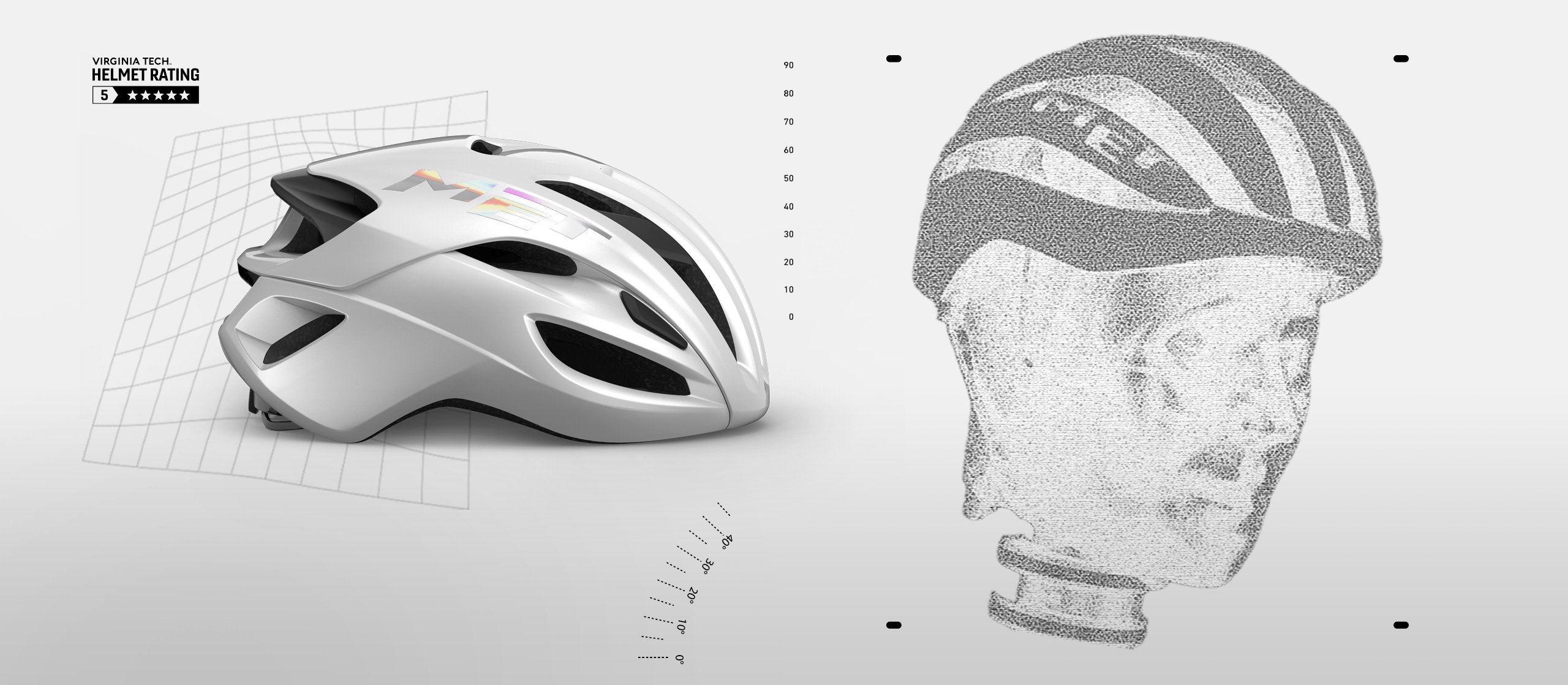
VIRGINIA TECH FIVE-STAR SAFETY
The Virginia Tech Helmet Lab give a rating based on both linear and rotational impact energies, going above and beyond the state of the art of helmet safety standards. This is a vital step to further certify the safety of your helmet and to help you make an informed purchase.
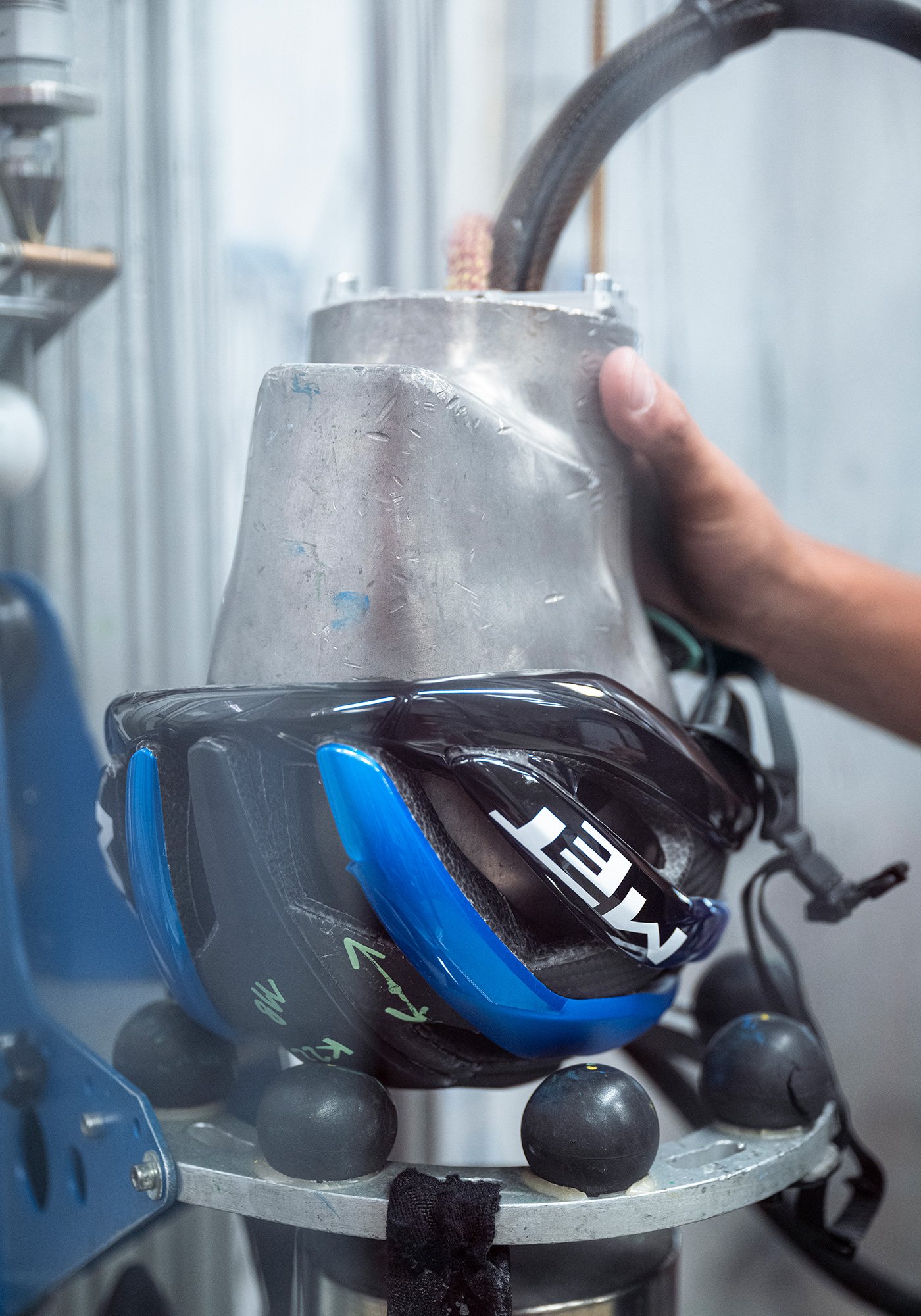
MAXIMUM PERFORMANCE
We’re committed to making the very safest products, to protect you as you deepen your dedication to the ride. We sent nine helmets to Virginia, and every single one was rated five stars:
MET Trenta 3K Carbon Mips, MET Trenta Mips, MET Rivale Mips, MET Vinci Mips, MET Allroad Mips, MET Terranova Mips, MET Downtown Mips, MET Miles Mips, Bluegrass Rogue Core Mips
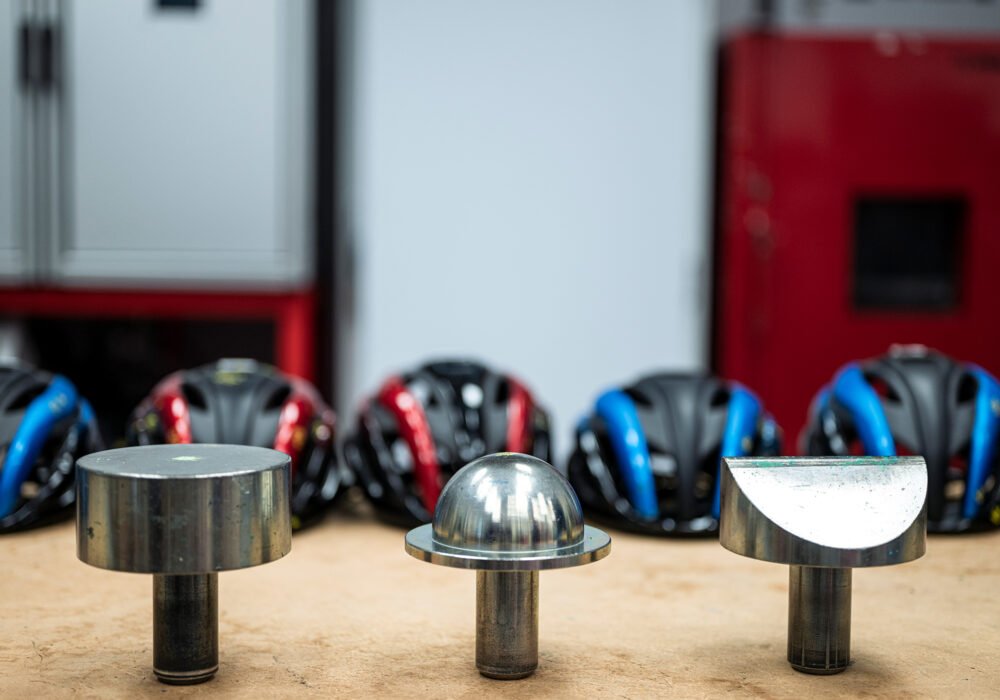
WHY VIRGINIA TECH?
The Virginia Tech Helmet Lab has been providing unbiased helmet ratings for over a decade. They are known and trusted throughout the helmet industry, not just in cycling, and they are 100% independent of any funding or influence from helmet manufacturers. That means you can trust them, we can trust them and – most importantly – you can trust your MET and BLUEGRASS helmets too.
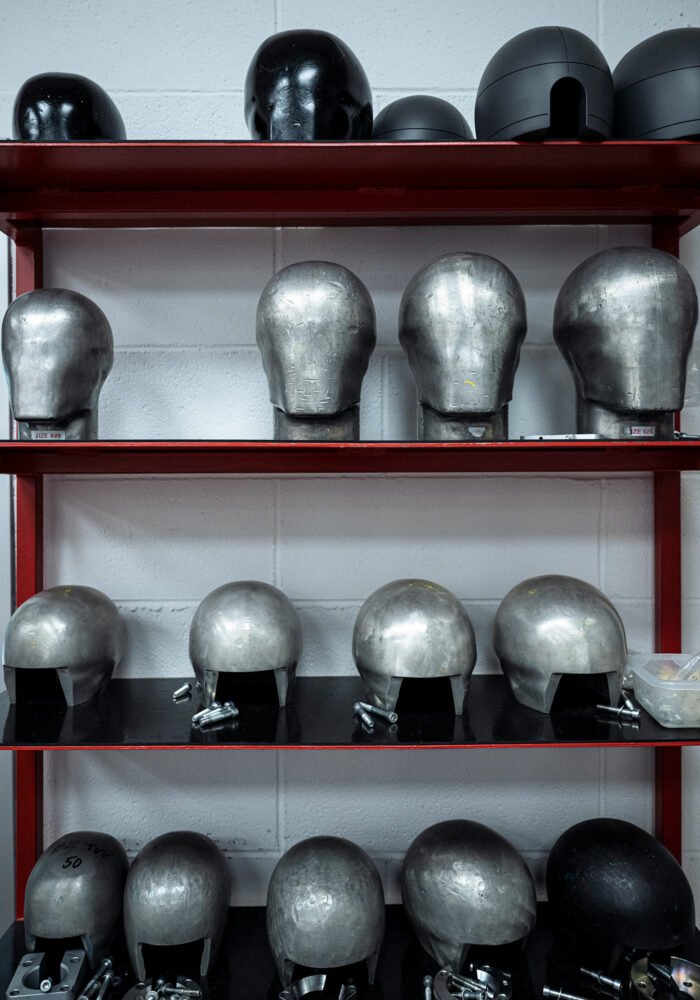
CONCUSSION-SPECIFIC TESTING
The Virginia Tech Helmet Lab has been providing unbiased helmet ratings for over a decade. They are known and trusted throughout the helmet industry, not just in cycling, and they are 100% independent of any funding or influence from helmet manufacturers. That means you can trust them, we can trust them and – most importantly – you can trust your MET and BLUEGRASS helmets too.
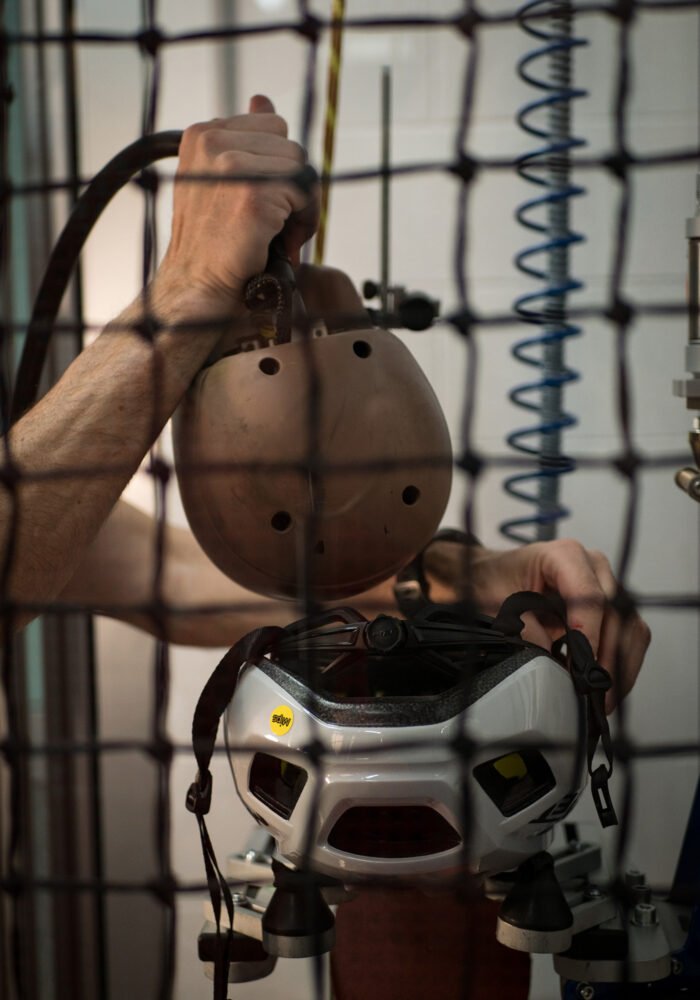
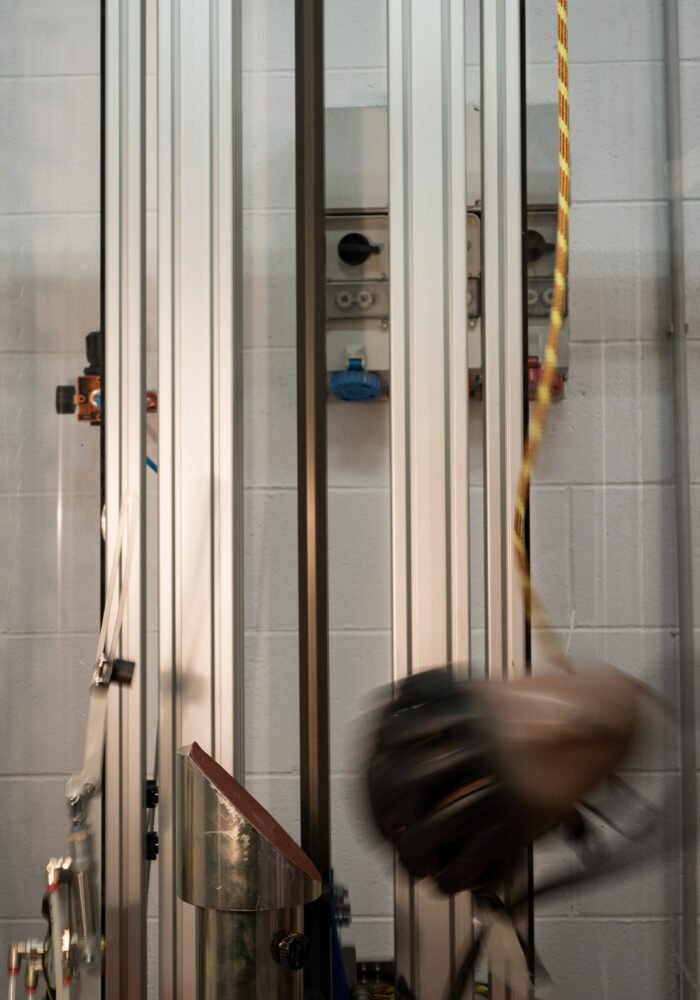
* No helmet is concussion-proof. Any athlete can sustain a head injury, even with the very best head protection. The helmet ratings identify the helmets that best reduce your chances of sustaining a concussion. With that stated, helmets are only one piece of the equation to minimising concussion risk. Good technique and safe cycling infrastructure can result in fewer high-risk head impacts, and are perhaps most important. Having the best available head protection for the remaining head impacts further reduces risk.